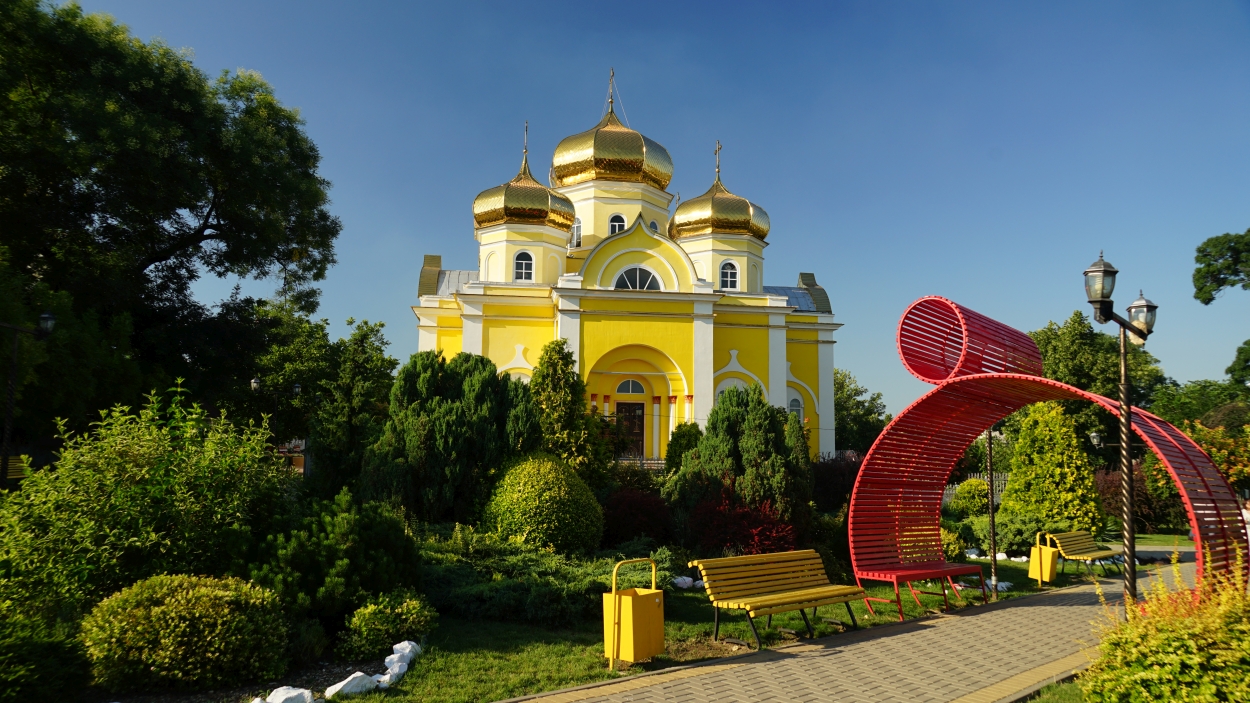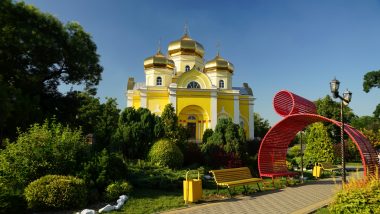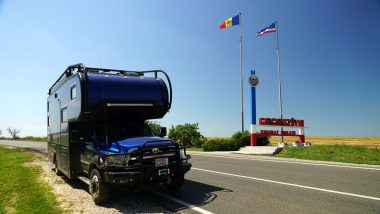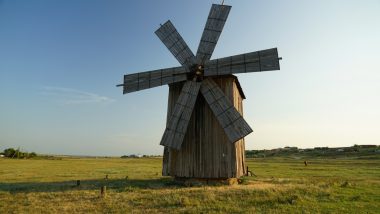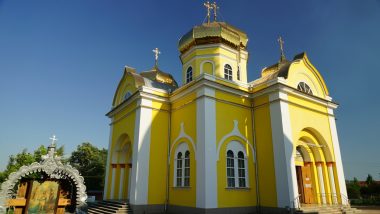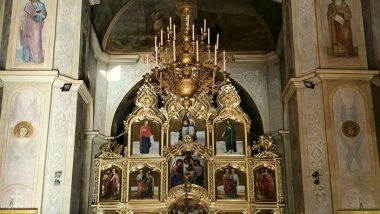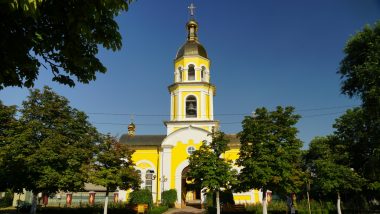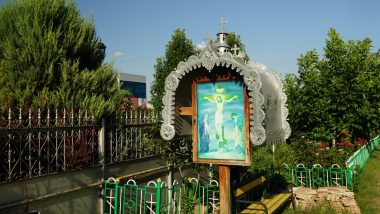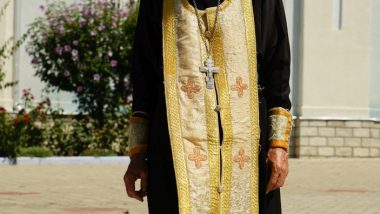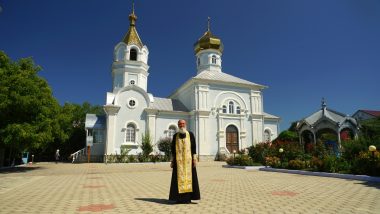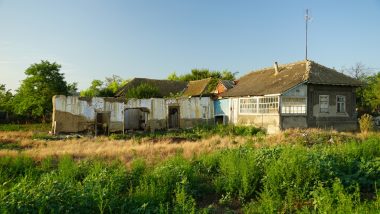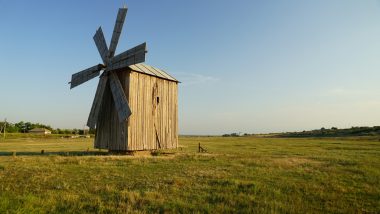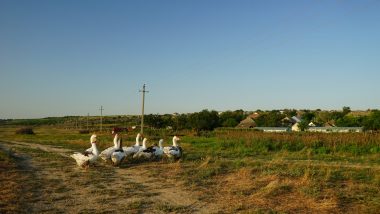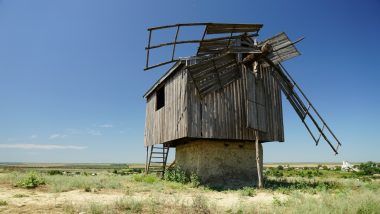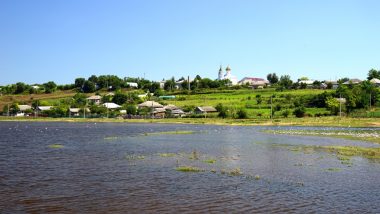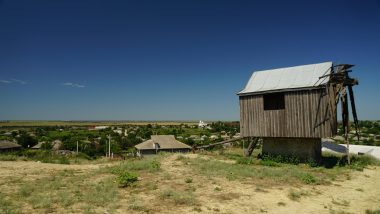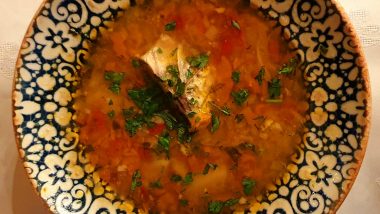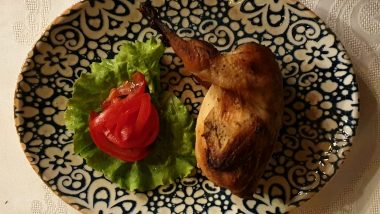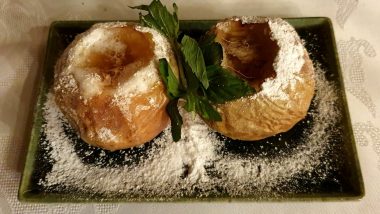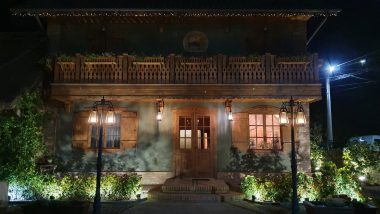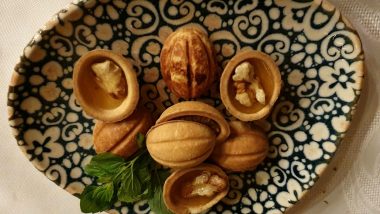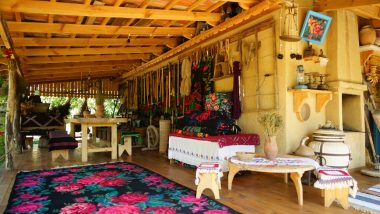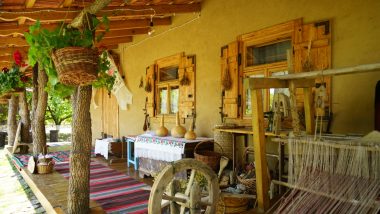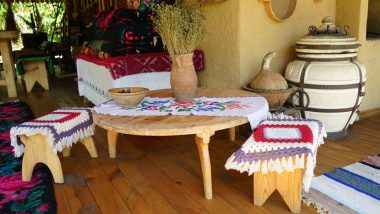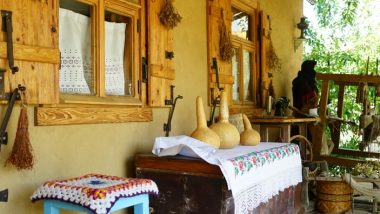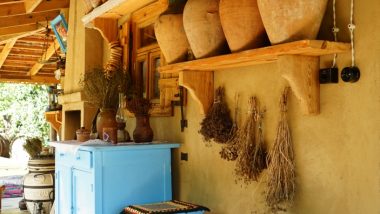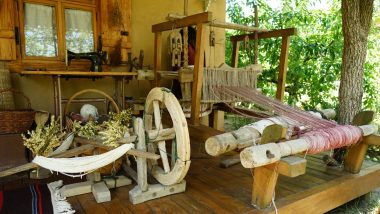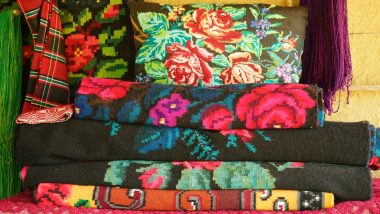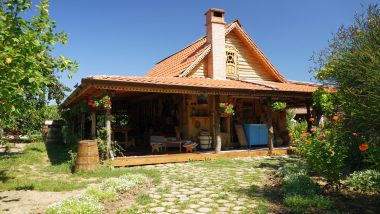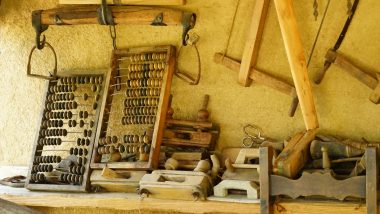We crossed smoothly through the little deserted border crossing Vynohradivka (2 beers tip + 64 EUR highway fee valid for 30 days for cars over 3,5 t) into the Autonomous Territorial Unit of Gagauzia – a stretch of land made up of three towns and 27 villages. Since we have arrived at night, we have parked in the center of the nearest town Vulcănești, but after some time police politely kicked us out from the main square to the main road for overnight. We took dinner there (Roasted chicken livers with French fries, salad, and beer – 75 MDL) and the next morning we bought Orange Sim Card (10 GB – 29 MDL, 100 GB – 100 MDL) and Moldcell Sim Card (20 GB – 25 MDL). Then we started the exploration of this special region. All the territory of Gagauzia was part of the Kingdom of Romania in the early 20th century before being carved up into the Soviet Union in 1940 during World War II, incorporating the present-day state into the Moldavian Soviet Socialist Republic (Moldavia). As the Soviet Union began to disintegrate, Gagauzia declared independence in 1990, but was integrated into Moldova in 1994. The origin of the Gagauz is obscure and there are 21 different theories about their origin. The culture and heritage here are primarily influenced by Turkey and although the people are largely Christians, their ancestors were Muslim refugees fleeing from war and looking for a place to lay roots. They were permitted to stay in this region only if they converted. Gagauz is the official language, it was traditionally written with the Cyrillic alphabet; however, since 1989 the Gagauz have developed a Latin script. We spent two days in the friendly region exploring villages, local culture, and heritage, we have visited Vulcănești, Comrat, Congaz, Gaidar, and Beșalma. A good museum, restaurant, and hotel with four rooms is Gagaus Sofrasi in Congaz (Borscht 75 MDL, Kaurma – Gagauz lamb with potatoes – 230 MDL, Bergenbier 0,5 l / 35 MDL, Baked apples with honey – 35 MDL).
Parking location – Congaz: 46.092789N 28.594989E (🚻)


